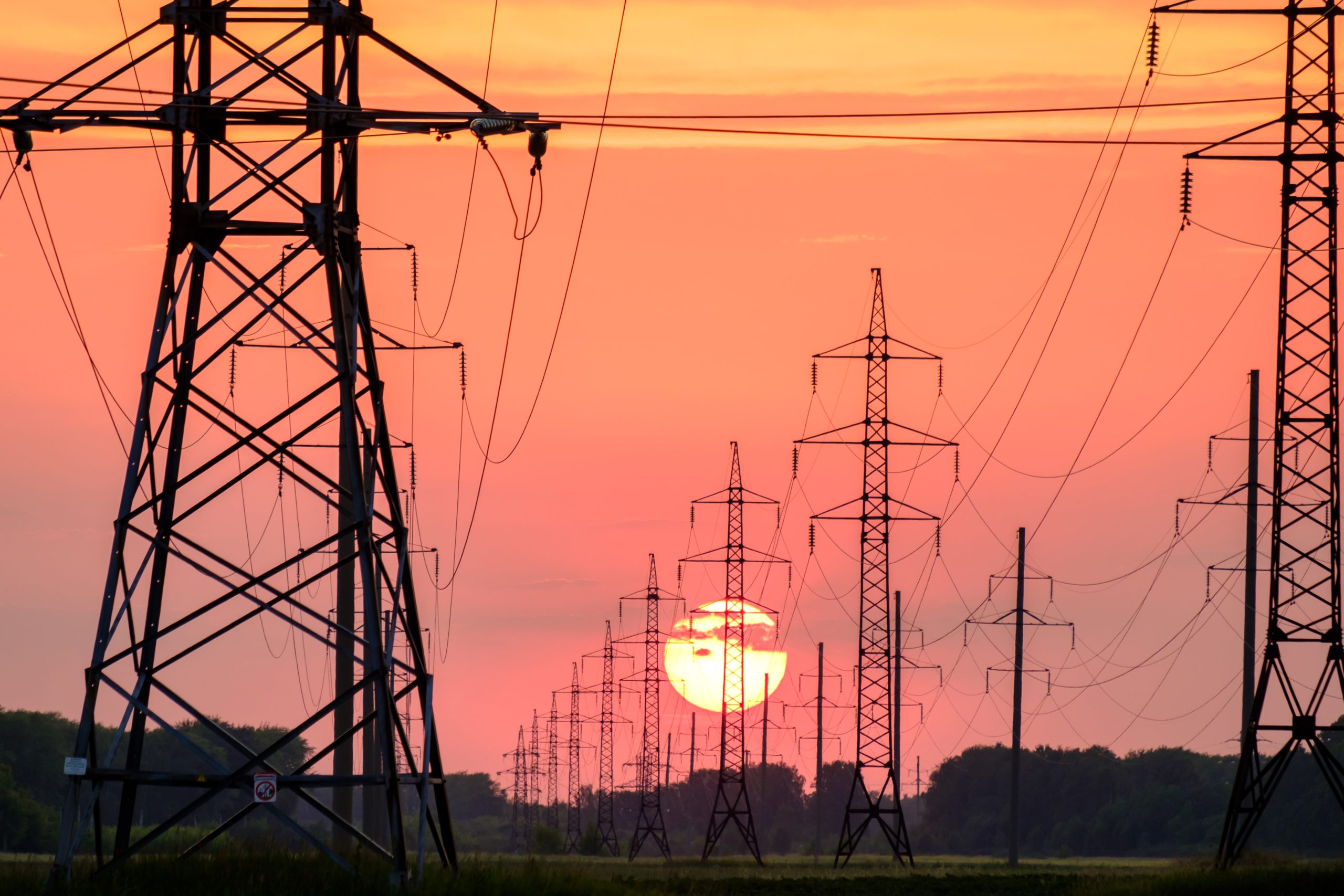Estimating the real cost of utility infrastructure is difficult, even considering construction and maintenance projects. The smallest factors – including location, regulations, and fuel source – can have unpredictable influences on the financial and environmental costs of managing a modern electrical grid.
Since every grid in every region is a little different, comparing costs between different utilities isn’t often an apples-to-apples comparison. Regardless, those figures can establish some necessary insights into the trends that utility companies, public utility commissions, and consumers can anticipate as electricity production inevitably adopts more renewable energy sources.
Renewable energy sources are coming whether or not companies prepare for them. The amount of money they spend, and potentially save, on infrastructure will likely depend on how soon they adopt emerging technologies that make it easier to meet demand while increasing dependence on renewable energy.
The Current Financial Costs of Building and Maintaining Utility Infrastructure
Depending on your role in the utility industry, you might not find any of the following figures surprising. Regardless, reviewing objective numbers establishes a baseline for how evolving utility infrastructure needs will influence potential costs.
Annual Spending Has Remained Fairly Constant
When energy journalist Robert Fares reviewed data acquired from the Edison Electric Institute (EEI) and the U.S. Federal Energy Regulatory Commission (FERC), he found that the average cost of energy transmission, distribution, and administration didn’t change much for investor-owned utilities between 1960 and 2015 (when you standardized the value of the dollar for every year). For the most part, the amount of money spent getting electricity to consumers hovered around $750. Some years had significantly higher costs because companies invested in upgrades. The price falls to about $500 per year per customer when you remove administrative costs.
Existing Calculations Do Not Include the Cost of Rebuilding After Disasters
Fares’ only had access to numbers up to 2015. Much has happened since then, including several high-profile environmental disasters that have destroyed electrical grids and revealed the need for improvements in the face of climate change and erratic weather patterns.
The Texas blackouts of February 2021 stand out as a recent example. Many experts argue that ERCOT (Electric Reliability Council of Texas) made smart decisions based on the information it had. The rolling blackouts may have saved large portions of the Texas grid from damage. Unsurprisingly, ERCOT received pushback for cutting electricity to about 70% of its customers for nearly four days.
What happened in early 2021 will stay in the past. It reveals, however, the need for states to modernize their electricity grids regardless of expected weather patterns. Texas doesn’t normally see freezing temperatures during February, which made their decision difficult and uncertain. Had the state taken recommendations seriously, it might have avoided an estimated $195 billion of damage in grid and property damage and protect vulnerable members of the public. This estimate doesn’t include incidents of private collateral damage caused by burst water pipes and vehicle accidents.
It’s easy for any decision-maker within a business to understand why ERCOT didn’t invest in a modernized grid. Texas rarely experiences plummeting temperatures that would put such an immense strain on the electrical grid. Unfortunately, this is the challenge utilities around the globe are facing in the wake of increasingly hostile environmental shifts brought on by climate change. Fortunately, there are low-cost technological solutions to help any aspiring utility develop their distributed energy resource (DER) campaigns, from demand response programs to preparing for tech disruption from DERs and electric vehicles (EVs) and the requisite charging needs necessary to power an electrified fleet of personal vehicles.
A more robust demand response strategy that took advantage of peer-to-peer energy networking, adopting a scalable program, and communicating with customers to emphasize the importance of energy conservation might not have eliminated Texas’s woes. A strategic, flexible approach would, however, have given ERCOT a better way to adapt and minimize expenses. Hindsight is 20/20, of course. That doesn’t mean we shouldn’t learn from earlier mistakes.
The Changing Financial Costs of Infrastructure
The United States and many other countries have dedicated themselves to tackling the core sources of climate change. To meet climate change initiatives, the country will need to take the lead in reshaping its utility infrastructure. As President Joe Biden said at the 2021 United Nations Climate Change Conference (COP26), “every day we delay, the cost of inaction increases.”
Currently, the U.S. government wants the electric sector to eliminate greenhouse gas emissions by 2035. The strategy for reaching that goal will likely include a combination of technologies, such as carbon capture at power plants, generating more energy from a variety of renewable sources, and improving overall energy efficiency.
President Biden has set a worthwhile agenda with long-term goals in mind. Anyone within the energy sector will have one serious question, though. Who pays for all of these upgrades?
In the U.S., the Infrastructure Investment and Jobs Act will help. The bipartisan bill will contribute $65 billion to help rebuild the electric grid. Unfortunately, that’s all the help that utility companies can count on from a legislative perspective for the moment. Fortunately, there are cost-effective, low-commitment opportunities for utilities eager to enhance their renewable energies and conservation efforts, while embracing an evolving grid.
How much will utility infrastructure upgrades cost? It’s impossible to know at the moment, and securing customer buy-in has proven difficult. Expect the industry to need at least half a trillion dollars to cover the money that would have come from the government.
As a regulated utility, operators have tight budgets to balance. With a flexible, scalable solution, utilities can minimize costs by pursuing projects from DER management to demand response only as needed. By taking a modular approach to developing conservation and renewable energy programs, utilities can offset the costs of larger infrastructure projects.
For example, combining a network of solar panels with the right software could provide a useful solution that doesn’t cost nearly as much as investing in ongoing upgrades. You can rely on customers to produce some of the power, in turn minimizing the need for expensive and ecologically unfriendly peaker plants. With the right customer engagement tools to educate and inform program participants, residential customers don’t need to feel inconvenienced as long as your software can minimize interruptions and take energy only when needed.
The Environmental Costs of Electrical Infrastructure
Shifting the electrical grid toward renewable, software-controlled sources will reduce the environmental costs of creating and distributing power. The most recent data from the Environmental Protection Agency (EPA) shows that natural gas and coal fuel about 64% of electricity generation. Renewable sources account for less than 15%, and that number is growing.
In 2021, the Mauna Loa Observatory in Hawaii measured CO2 at 420 parts per million, which puts the planet very close to the halfway point of doubling its carbon dioxide levels since before the Industrial Revolution. The measurement also shows that the amount of CO2 in the atmosphere will double its preindustrial levels by 2060. That would mean a global temperature increase between 4.1 and 8.1 degrees Fahrenheit (2.3 and 4.5 degrees Celsius).
Adhering to COP26 agreements would give the planet a chance of avoiding this worst-case scenario, and doing so will involve reimagining the modern grid. Even then, researchers expect global warming around 3.6 degrees Fahrenheit (2 degrees Celsius). By converting to more renewable energy sources, we have the opportunity to manage global warming and climate change. At this point, no one can expect to reverse climate change, but changes could reduce the number of destructive storms, fires, and habitat loss that already contribute to the high environmental and environmental costs of operating electric infrastructures.
Summary: What Can Utility Companies Expect in the Future?
Utility infrastructure change isn’t a magic solution to stopping climate change and keeping electricity affordable. Moving toward renewable energy sources and a smart energy distribution plan will, however, mitigate the most costly aspects. Furthermore, while the twin engines of tech disruption and decreased earnings brought on by customer disintermediation may seem like an insurmountable challenge, they are, in fact, an opportunity for utilities to meet the evolving needs of the public, the planet, and climate change initiatives.
We already know that governments have set goals for reducing carbon emissions. For now, those infrastructure costs are the responsibility of the utilities, as filtered through their respective regulatory and budgetary restraints. That means utility companies need to find inventive ways to control costs, lower emissions, and meet growing energy demands. Securing buy-in through customer engagement and education to programs that can minimize usage during peak times or that include renewables is critical to building a greener tomorrow.
It sounds like a complex, challenging situation because it is. The good news is that taking the lead now can help mitigate future problems. The sooner companies, municipalities, and consumers are able to switch to green energy sources and enhanced conservation efforts, the more opportunities they will have to thrive instead of feeling overwhelmed by the actual costs of utility infrastructure change.





